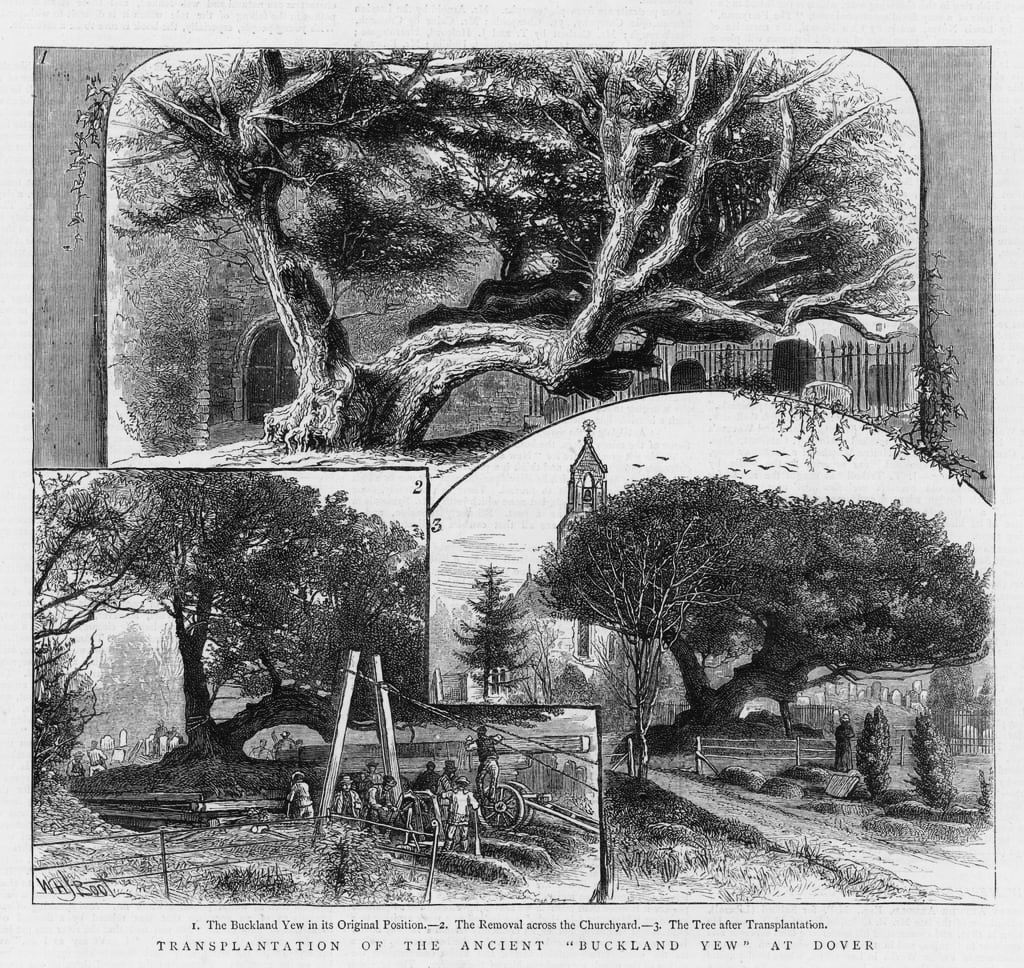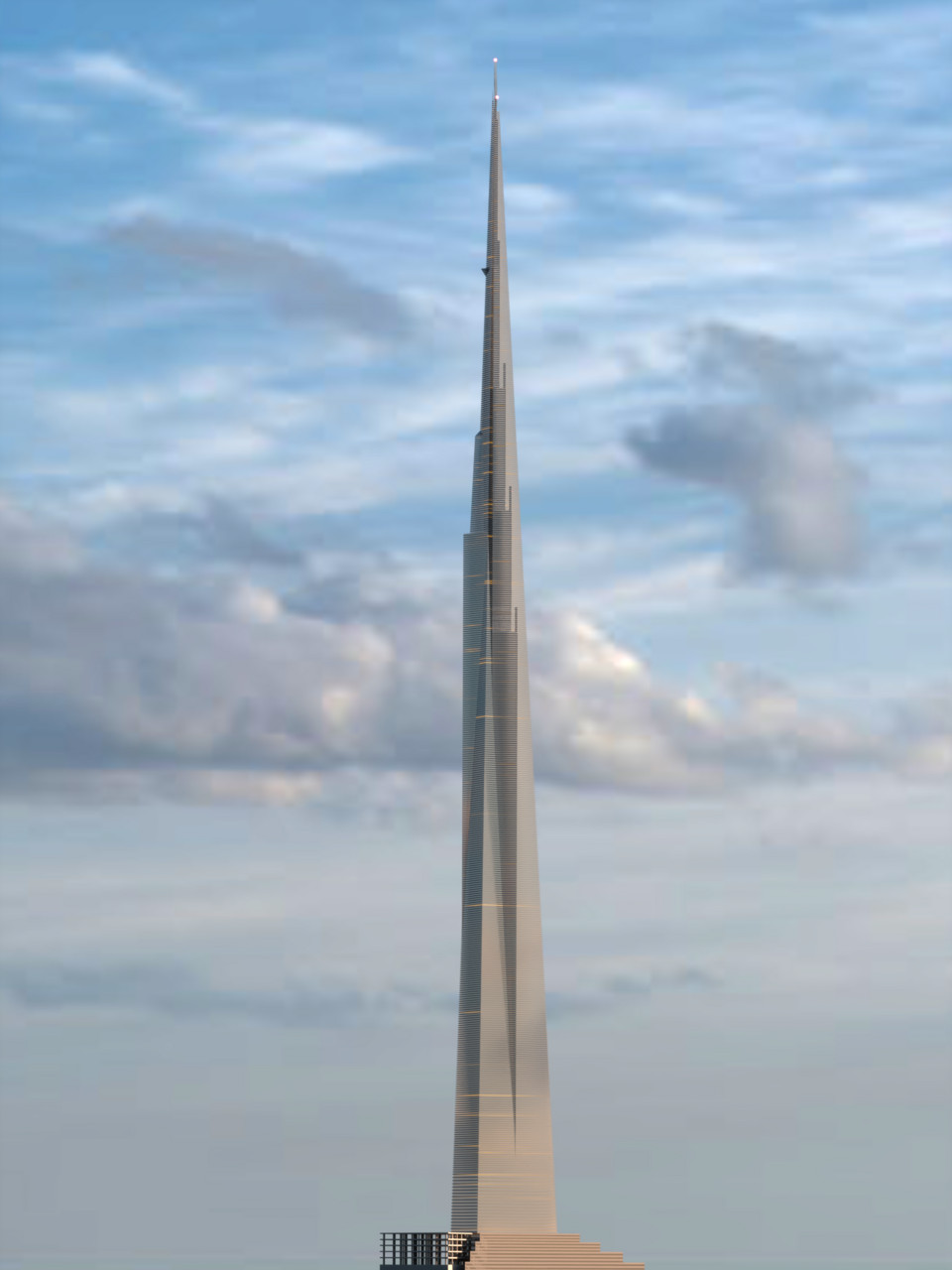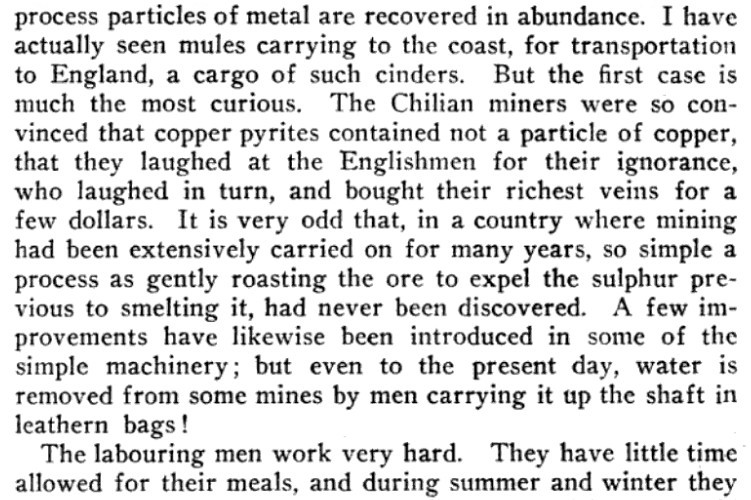Another notable invention for roasting meat was the musical turnspit, that, whilst causing joints to gyrate before the Count de Castel Maria’s kitchen-fire, played four-and-twenty tunes to the cooks of that opulent lord of Treviso. The spits of this machine turned a hundred and thirty roasts at the same time; and the chef was informed, by the progress of the melodies, when the moment had arrived for removing each piece of meat. Chickens were done to a turn when the organ had played its twelfth tune; the completion of the eighteenth air was the signal for withdrawing hares and pheasants; but the largest pieces of beef and venison were not ready for the board until the twenty-fourth melody had been played out.
— John Cordy Jeaffreson, A Book About the Table, 1875






